WASHINGTON, D.C. – On June 29, the Washington Metropolitan Area Transit Authority (WMATA) launched the Better Bus Network Redesign Project, marking the first systemwide revamp of the Metrobus network in more than 50 years. The new plan promises greater frequency, simpler route names, and better service across the D.C. metropolitan area.
But less than a week into the rollout, many riders say the transition hasn’t been easy—especially for those who depend on the bus for daily commuting and essential travel.
A Frustrating Start for Some Riders
For Adariah George, 18, of Southeast D.C., the change was more than confusing—it made her late to work.
“The first bus I took was the wrong one. I’m now 30 minutes late,” George said on July 3 as she headed to her job at a local summer camp.
A recent graduate of KIPP Legacy College Preparatory School, George has long relied on Metrobus routes like the A4 and P6 to get to school, work, and home. Under the new system, her go-to lines were consolidated into Route C11, which now combines elements of the A4, A8, P6, and 35 routes. She says the route feels unfamiliar and less convenient.
“They’re taking buses away from where I’m close to, so now I have to go further for a bus stop,” she explained. “You have to leave out earlier because it’s going all around everywhere except straight to a certain destination. It’s less accessible from certain areas.”
What’s New in the Better Bus Network?
The Better Bus Network introduced sweeping changes:
-
Renamed routes: All Metrobus routes now begin with a letter representing either the direction of travel (C for crosstown, D for downtown) or the area served (e.g., A for Alexandria/Arlington, F for Fairfax, M for Montgomery County, and P for Prince George’s County).
-
More frequent service: Eleven new routes now offer buses every 12 to 20 minutes during the day.
-
500+ stops removed: In an effort to streamline service, over 500 bus stops were eliminated.
-
Express/limited routes: These now end in an “X” for clarity.
-
Focus on major hubs: Improved access to L’Enfant Plaza, Downtown Silver Spring, and National Harbor.
WMATA says these changes are the result of years of surveys, public engagement, and ridership data analysis aimed at modernizing the system for faster, more reliable service.
Officials Acknowledge Challenges
WMATA General Manager and CEO Randy Clarke acknowledged the rough transition for some riders but remained optimistic.
“You generally hear more from people that are not as happy,” Clarke said, “but we are monitoring that very closely.”
Clarke added that WMATA plans to engage more residents in August ahead of the new school year.
“Most people that take the bus are residents of our region,” Clarke said. “Once they learn the new trick, they’re good to go.”
Riders Still Adjusting
Many riders across the region are still adjusting—and not always happily.
One D.C. government employee, who requested anonymity, described the redesign as confusing and poorly communicated.
“It feels like we’re part of some big experiment that nobody explained to us,” they said.
Joshua Boone, a native Washingtonian and IT specialist, has taken the bus most of his life. He had just moved to Southwest and learned the A4 route—only for it to be restructured.
“I prefer the old one,” Boone said. “Now I gotta do a little more adjusting.”
While Boone appreciates that his new route still drops him near his building, he worries that young people without cars or rideshare apps are the most affected.
“They’re the ones who have to figure it out the hard way,” he said.
Despite the inconvenience, Boone has found WMATA’s online trip-planning tools helpful. “I think it’s been pretty accurate the last few times I’ve used it,” he added.
Mixed Reviews From Longtime Riders
For Elleanore Hancock of Southeast D.C., the redesign brought frustration and confusion.
“They’re making me feel very frustrated and a little bit conflicted because I have to do the utmost unnecessary things,” Hancock said. “If you don’t pregame, you’re just null and void, you’re out of it.”
She emphasized the need for riders to study routes in advance, something she says wasn’t as necessary before.
Reina Carroll, a Congress Heights resident of five years, said she’s still learning the new system but sees some improvements.
“They made the routes longer which adds longer wait times,” she said. “But the C11 and C15 change makes it easier to get to Eastover and Navy Yard without having to get off and walk far.”
Even with the improvement, Carroll admitted, “I don’t know where the bus is taking me half the time.”
What Comes Next?
WMATA plans to continue monitoring rider feedback and making necessary adjustments. As more riders adapt and school resumes in the fall, officials hope the benefits of the Better Bus Network will become clearer.
Still, for many who rely on Metrobus for everyday needs, the learning curve is steep—and the stakes are high. Commuters, students, and service workers alike will need time, information, and consistent service to make the most of the revamped system.
For now, WMATA encourages all riders to use its digital tools, such as the Trip Planner and busETA, to navigate the changes and ensure timely travel.
As the region adjusts, the question remains: Can this new network live up to its promise of being truly “better”—or will it leave the most vulnerable riders behind?

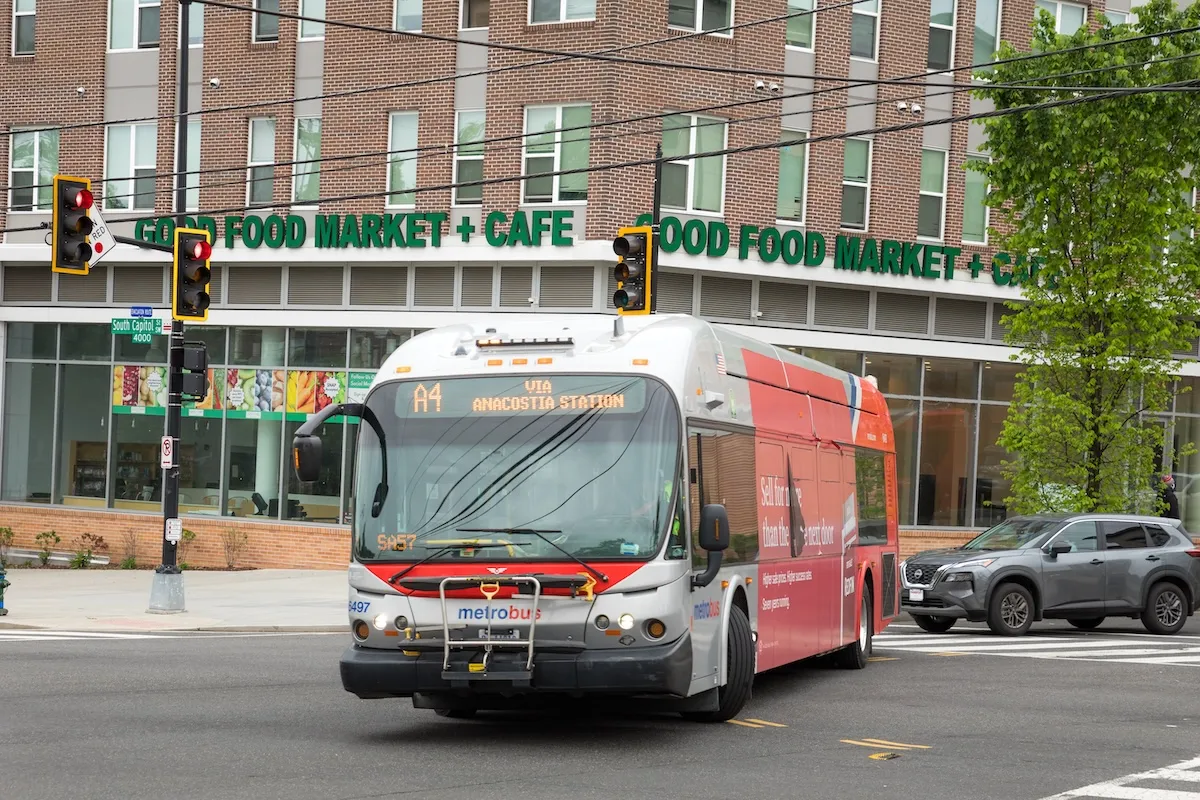
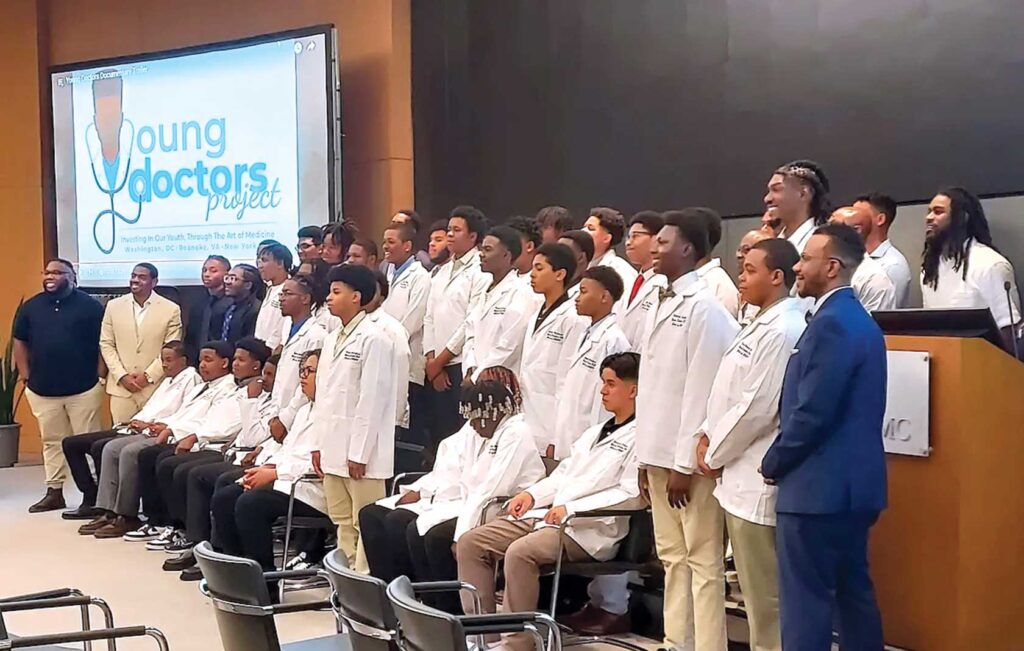


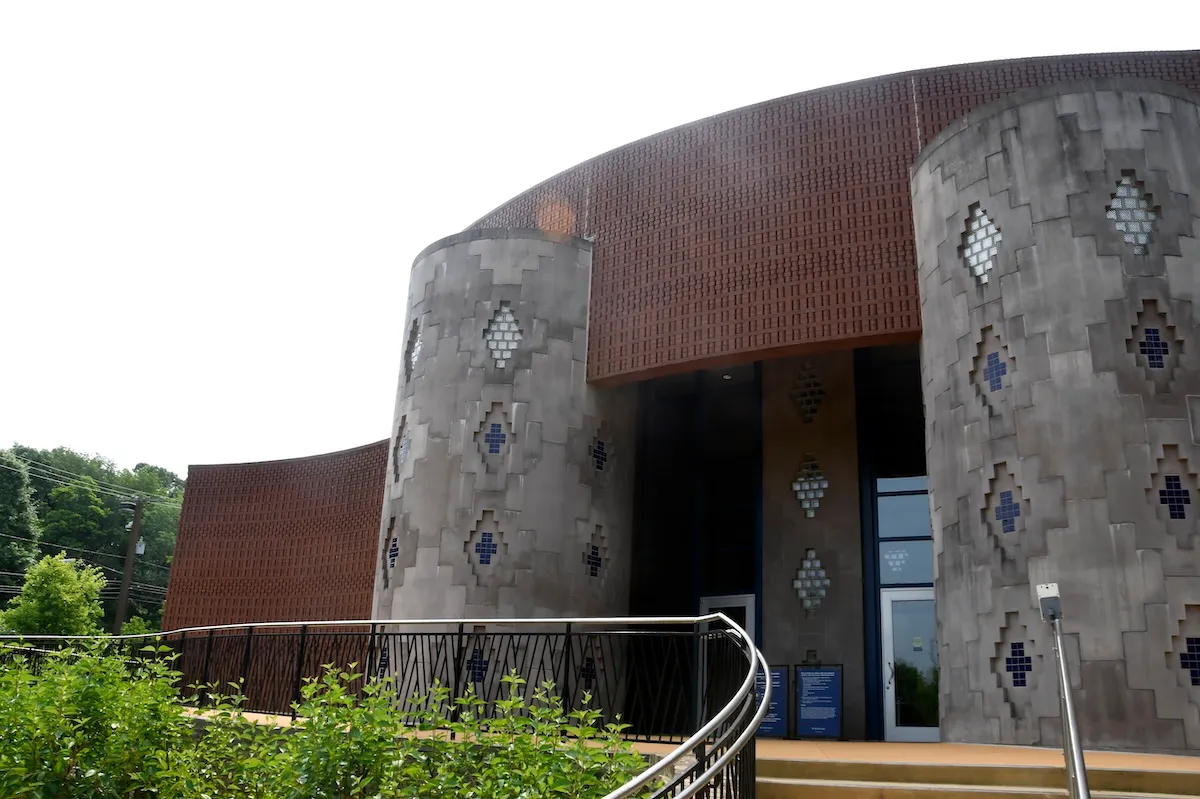

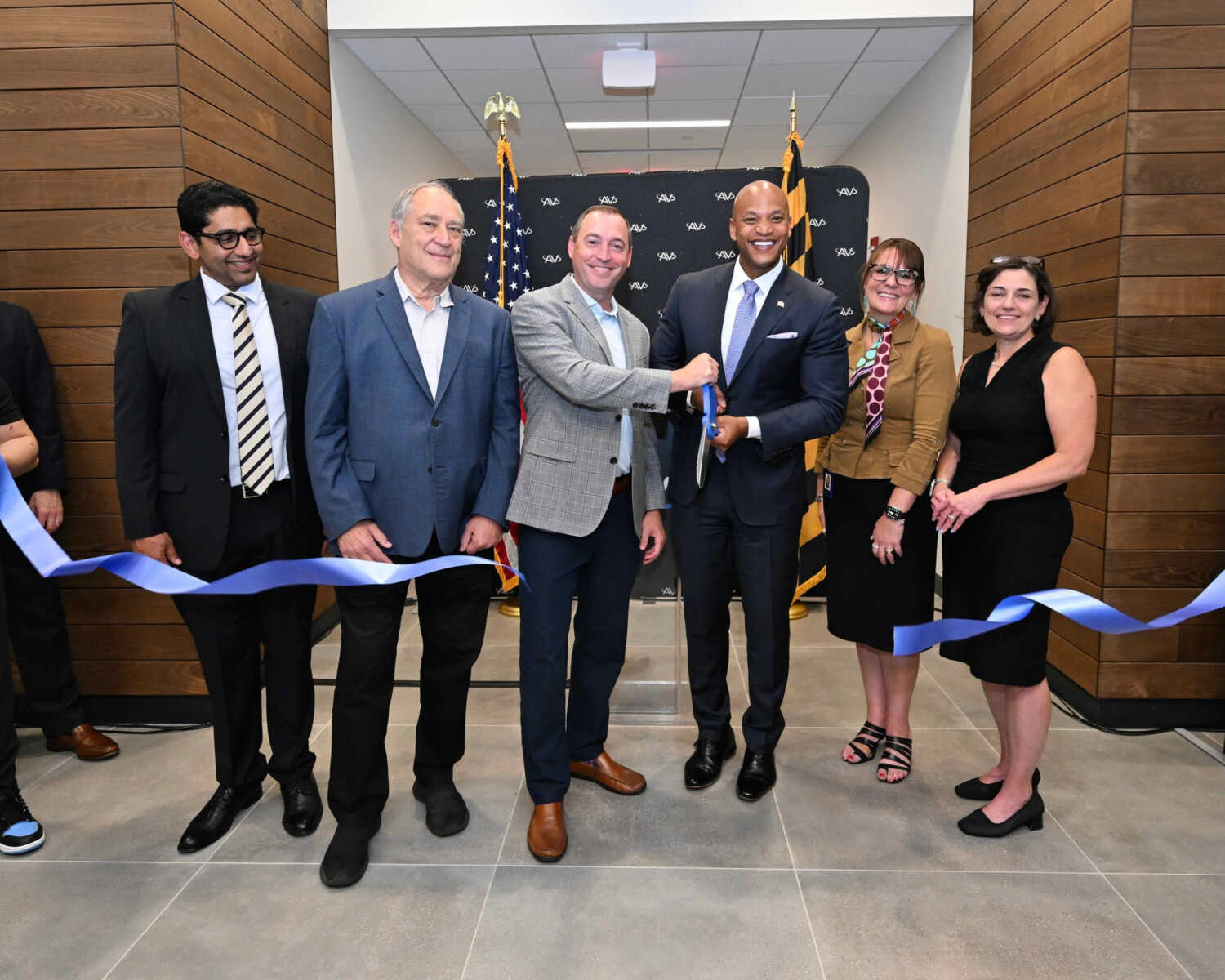
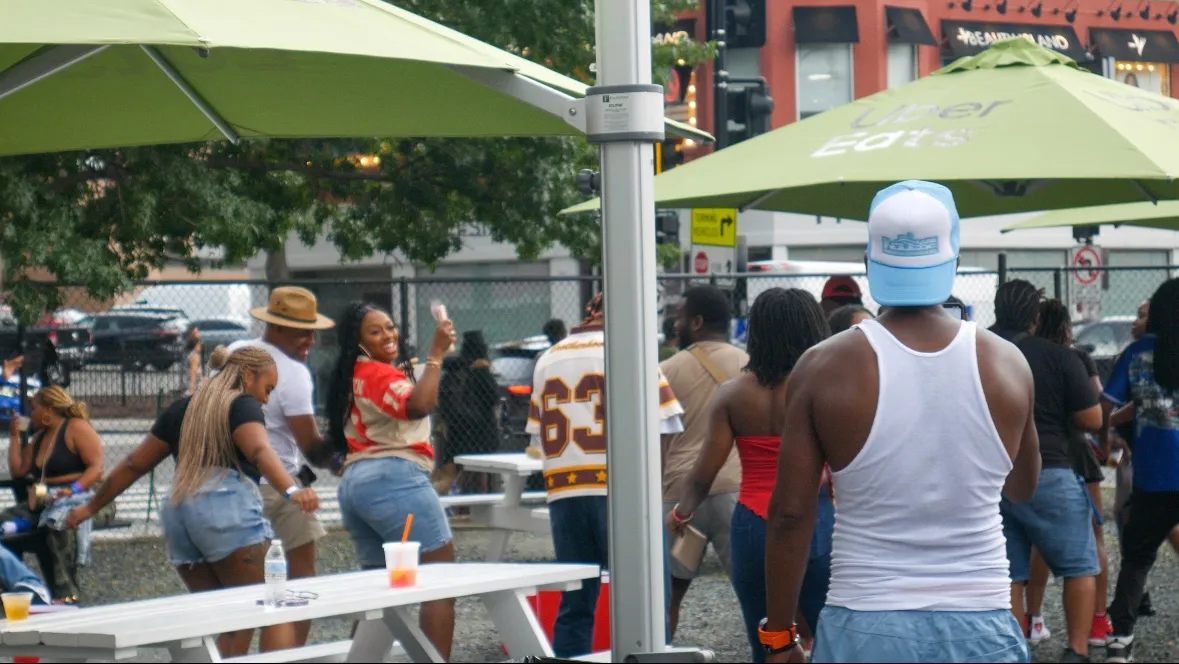

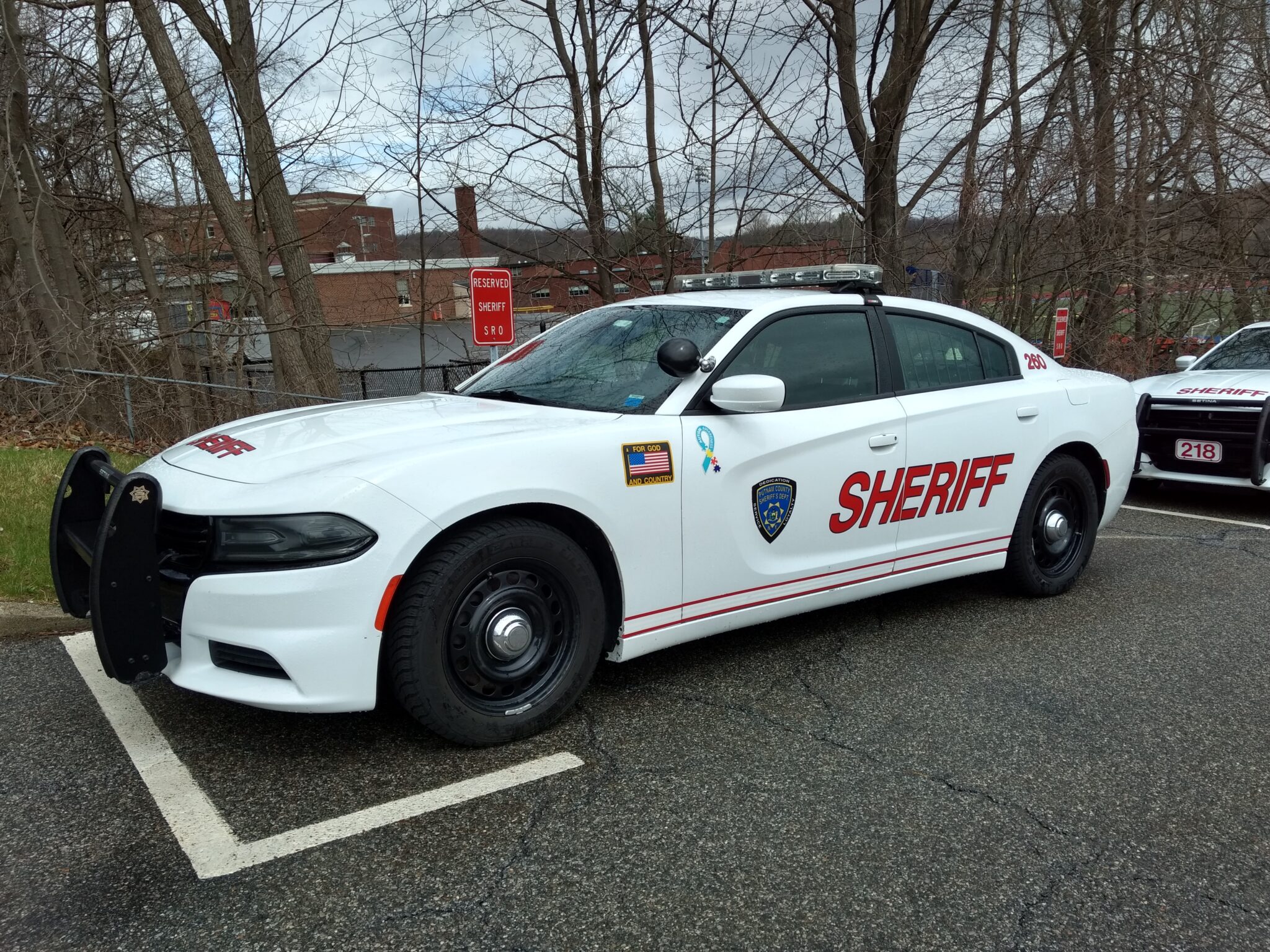


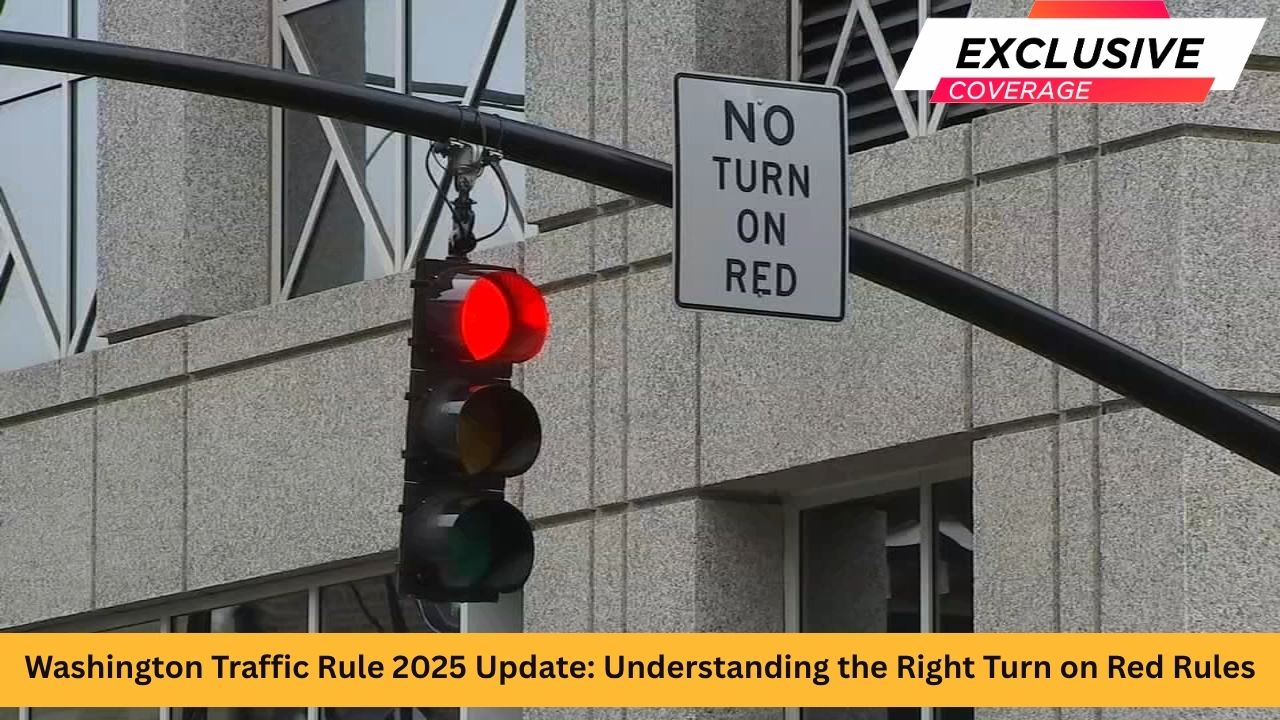


Leave a Reply